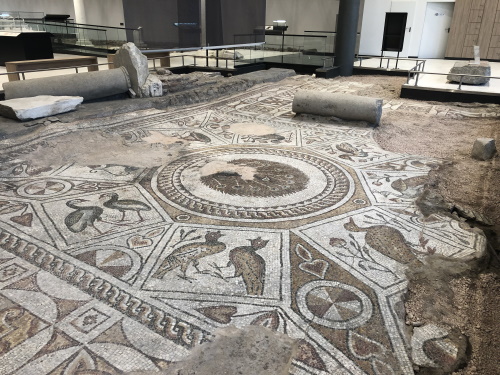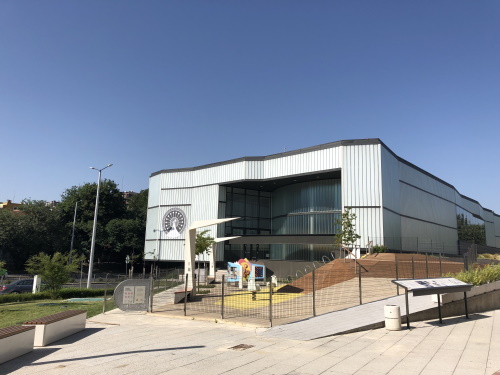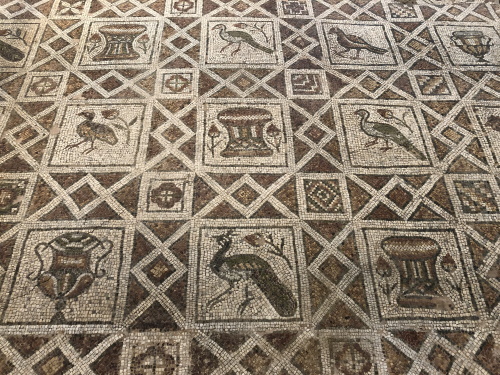Blog TWHS Visits
Mosaics of Philippopolis
The Mosaics of Philippopolis comprise three former Roman and early Christian structures with well-preserved mosaic floors in Bulgaria’s second city, Plovdiv. I had a pleasant two-night stay in modern Plovdiv; it has a more oriental and less Sovietesque feel than other Bulgarian towns. Because I travelled with a rental car I stayed overnight in a hotel in the outskirts, at the other end of the ‘regatta’ – an artificial rowing canal. I decided to walk all the way to the city center, over 5km, so I saw quite a lot of Plovdiv. Most of the city’s monuments (from Roman, Ottoman and 19th century periods) are covered by the city’s other TWHS. I’ll focus on the mosaics here.
The three structures - Bishop's (or Great) Basilica, Small Basilica and Irene Building - are located a few hundred meters from each other in the south of the city center, where the core of the Roman city was. They only have been accidentally rediscovered since the mid-1980’s during construction works. Slowly they have been excavated and made presentable to the general public.
The remains of the Great Basilica are covered by a large hall. I wondered why the previous reviewer (Argo) did overlook this, but later I found out that this structure is brand new. It has only opened in April 2021! In 2018 it was still an archaeological site.
And what an excellent museum it has become. Think of a floor space the size of a substantial cathedral. About 70% of the floor is covered by mosaics. There are walkways across it made out of glass – at the entrance they make you wear plastic shoe coverings to keep it clean. Each block of mosaics is accompanied by a description in Bulgarian and English, written in an educational but not boring way. For sure this museum will be a school groups’ favourite for years to come. It was already fairly busy now with Bulgarian day trippers and one class of school children.
Two layers of mosaics can be seen, on top of each other. The first ones are mostly geometric patterns. The second ones show early-Christian symbols. These are polychrome, the most impressive are the images of over 100 birds. But there are also swastika's, Hercules and Solomon's knots, flowers and the Spring of Life.
The Little Basilica lies somewhat further along the same street. The floor mosaics are less impressive here, but a baptismal font has been preserved, surrounded by bright mosaics of birds and a deer. Finally, the remains of the Irene Residence are located in an underpass. They are protected in a museum setting. It was closed when I walked by early in the morning, on my return it had opened up but then I was already on my mosaics tax after having seen the Great and the Small Basilica.
We do already have a connection for 65 WHS with Mosaic Art, so it is hard to argue that we need another site focused on this. From the ones that are still out in the open, I remember Volubilis and Villa Romana del Casale as outstanding. Aquileia is quite similar to the Great Basilica of Plovdiv, both in setting and the fact that they are from the early Christian period and not so much a product of Roman decadence. The Mosaics of Philippopolis may never make it unto the List, but the new museum is yet another attraction in this already fine city.
Els - 11 July 2021
Comments
Nan 11 July 2021
Seems I missed the one Bulgarian city that is nice... looks
Ike Aquileia to me too. As much as I enjoy these, does this close a gap?


